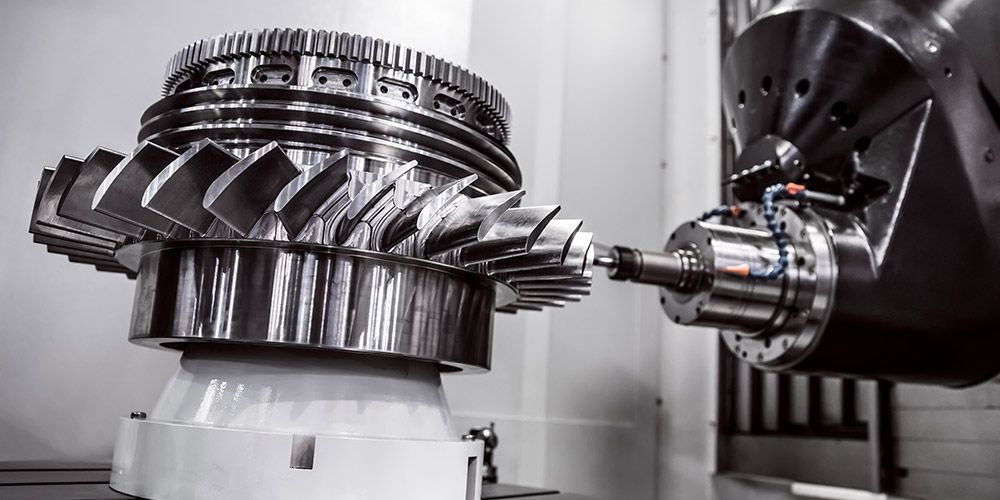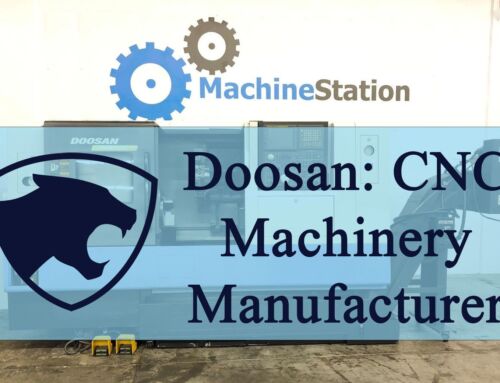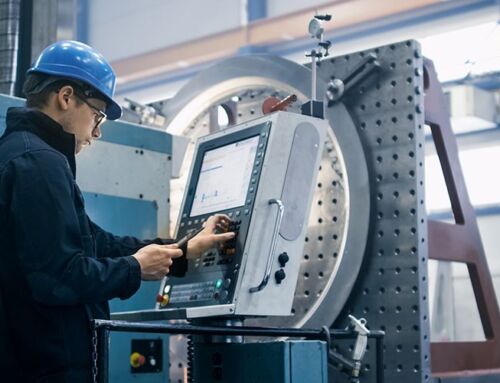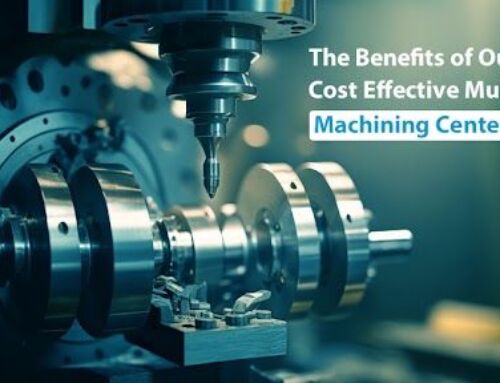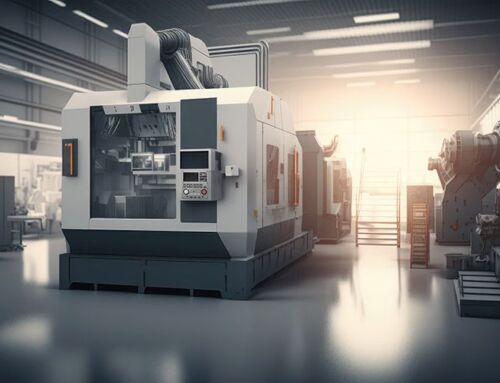If you’re a CNC professional looking to develop skills in Multi-Axis Machining, you’re in the right place. This beginner’s guide is designed to give you a foundational overview of the basics behind Multi-Axis Machines, from understanding the types of axes and setup considerations to knowing what you need to look for when selecting specific tools. We’ll take an in-depth look into everything needed for a successful Multi-Axis Operation and by the end of this article, you have all the information necessary to be able to start creating impressive parts with even more complex motions. Let’s get started!
A Beginner’s Guide to Multi-Axis Machining: Understanding the Basics
What is a Multi-Axis Machining Center and How Does it Work
A Multi-Axis Machining Center is a Computer Numerical Control (CNC) machine tool made to create parts with complex designs. It incorporates more than three independent axes to perform various operations such as drilling, boring, milling, and tapping operations all in one setup. To use these machines, the part is first mounted onto the fixtures on the table, providing support for rotation in multiple directions. Programmers then use specialized software designed for these types of machines to directly input cutting instructions into a controller connected to the machine. The axes move according to an algorithm generated from the instructions and a variety of drills, end mills, and other cutting tools can be used to drill or cut different shapes on different surfaces of the workpiece depending on its design. By understanding what the machines are capable of and properly planning out the operation sequence before machining, operators can ensure that parts produced have exact precision and repeatability desired for highly efficient production.
Benefits of Using Machining Centers in Multiple Axes
Having these can be beneficial to any organization, no matter the industry. It allows multiple machining operations to be completed with one setup, reducing lead times, labor costs and material waste. Plus, they are capable of producing more complex parts using simple tools and fixtures rather than specialized tools, enabling higher quality parts with superior speed and accuracy. These machines have become widely accepted in most industries that require faster production turnarounds at lower costs. For these reasons and many more, it is an essential tool for any company looking to stay competitive in their market.
Common Tools Used in Multi-Axis Machining Centers
These are complex systems that require a variety of specialized tools. Commonly used tools include drills, end mills, reamers, taps and polishers. There are also specialized counterbores, dovetail cutters and knurl tools for creating surfaces with intricate detail or ultra-fine finishes. To ensure accuracy and optimal performance with the materials being machined, manufacturers often also use mandrels, live or dead tooling centers and arbors to hold cuts in place as needed. All these sophisticated tools come together to accurately deliver the desired outcomes from Multi-Axis operations.
Setting up Your Machining Center for Successful Operation
Setting up your machine correctly is one of the most important steps to using it successfully. First, you should check your manual to make sure you have all of the necessary components, especially power cords and cables. Then, look at the labels on all ports and connections to ensure they are compatible with your machine. If you have any additional input devices like a mouse or external drive, make sure they are plugged into the correct slot. After connecting everything properly, turn on the machine and double-check that each component is working by running a test or trial program specifically designed for installation verification. With applied effort and attention to detail during setup, you can rest assured that all of your machine’s functions will operate smoothly for years. This can also help reduce cost as we’ve discussed before.
The Safety Considerations of Working with a Complex Machine
Working with these machines have a variety of safety considerations to keep in mind. It is important that before starting any project with this machinery, the operator understands the full risks of operating it and that they are aware of all potential safety hazards. All safety procedures should always be followed and all warnings must remain visible at all times. Additionally, only trained and experienced operators should use this type of high-powered machinery as it requires a certain level of technical expertise. For those who will be working around these machines, protective clothing, eye protection, and hearing protection should always be worn while machines are running in order to prevent any potential incidents. Following all these steps is essential for having a safe and successful machining experience.
Tips for Optimizing Productivity and Efficiency
Achieving optimal efficiency and productivity requires strategic tuning and calibration. To begin, start by visualizing the machining process and creating a workflow to follow. Keep up with your machine’s maintenance schedules, such as replacing worn components or lubricating certain parts to ensure smooth operation. Additionally, make sure that you are utilizing the full capabilities — be aware of all the functions of your machine so you can adjust settings for different tasks as needed. Having a technical specialist on hand is also helpful for troubleshooting if ever any issues pop up during the machining process. By following these tips, you can optimize productivity and efficiency and maximize their potential.
Conclusion
In conclusion, a Multi-Axis Machining Center is a powerful machine tool capable of achieving greater precision and speed due to the multiple axes that can be controlled in unison. Not only do they have the ability to increase productivity, but they are also very safe to use, with proper precautions being taken as outlined in this article.
When setting up and using these machines, making sure you use the right tools and have an understanding of programming is essential for successful operation. Additionally, following these tips can help you ensure peak productivity while minimizing risks associated with the operation of such machines.
With this aid, your business will be able to achieve faster and higher levels of productivity than possible using traditional methods. Thanks for reading this article!

